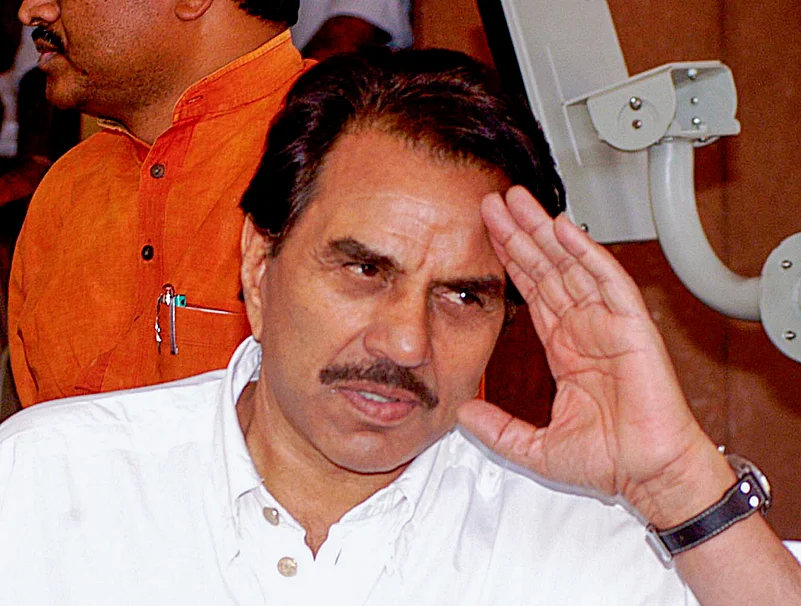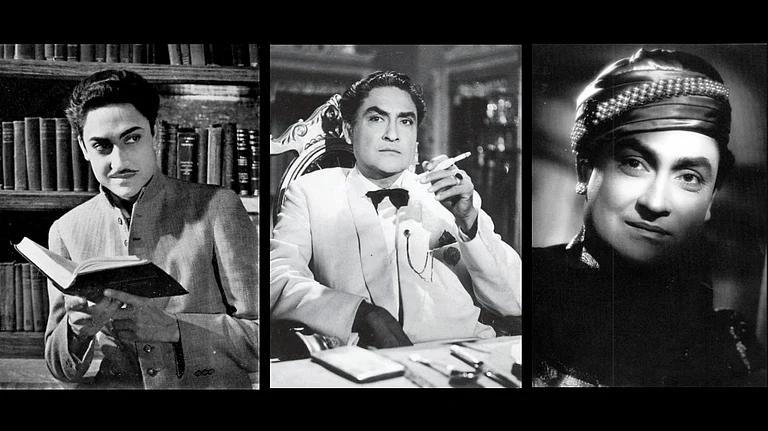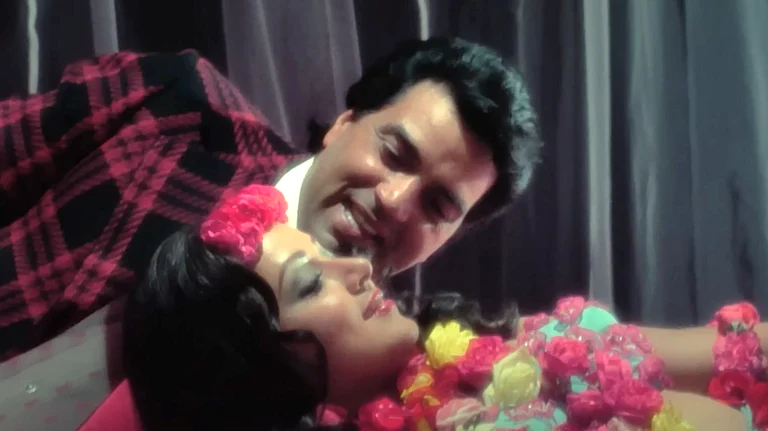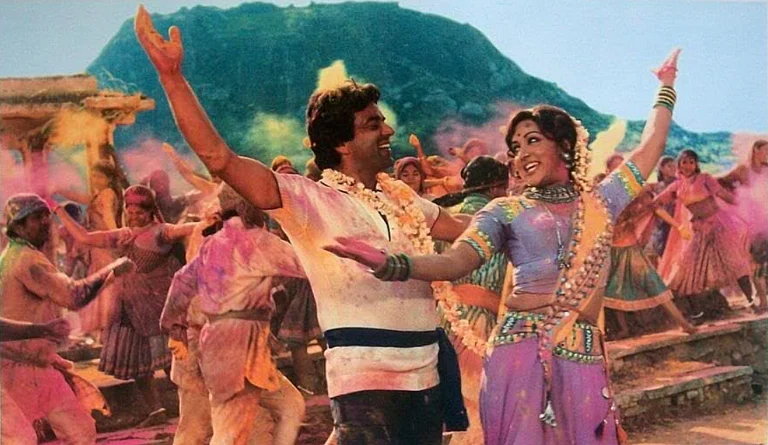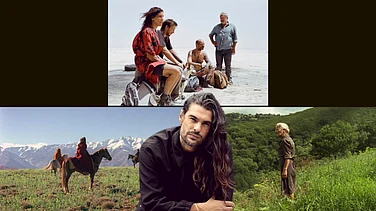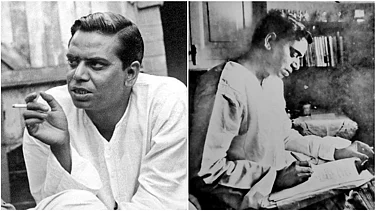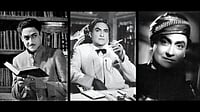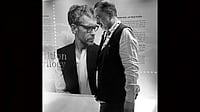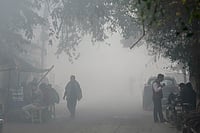
Dharmendra made his debut in Dil Bhi Tera Hum Bhi Tere (1960).
With a slew of hits in the 1970s, Dharmendra emerged as one of the decade's highest paid actors.
The eighties saw several misfires in inane action films, but he held on, making a turnaround post-2003.
It was a chivalrous gesture to cover up his lady love, Meena Kumari, in Ramesh Saigal’s Phool Aur Patthar (1966). But that bare-chested shot found him a huge following, mostly amongst women, and made him the ‘He-Man’ of Hindi cinema. In fact, so unprecedented was his overnight success, that writer, producer and director Ramanand Sagar, who had signed Dharmendra for Aankhen, suddenly found distributors lining up to buy his spy thriller, and with a bigger budget, flew off to Tokyo, Tehran and Beirut for the shoot. Aankhen went on to become one of the most profitable Hindi films of 1968.
On November 24, 2025 after 325 films, Dharmendra took his final curtain call at his Mumbai home. Two months ago, on September 26, the 89-year-old, who penned beautiful shayari, had posted on his Instagram handle, “Aajkal gham e Dauran se door, gham e duniya se door… apne hi nashe mein jhoomta hoon” with a smiling picture of him, walking down a passage, natty in a suit and tie. Today, one imagines him this way in another world, untouched by time, forever young and handsome.
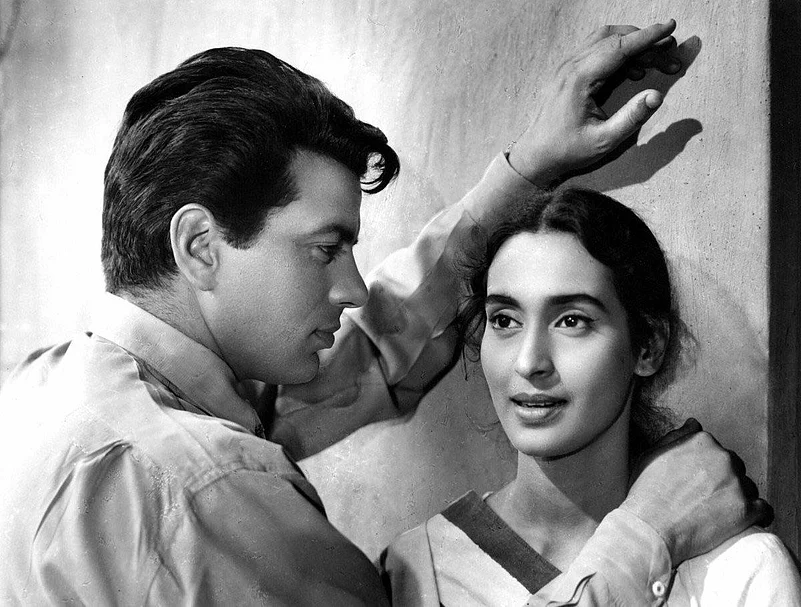
Born on December 8, 1935, to a school teacher, Kewal Kishan Singh Deol, and Satwant Kaur, Dharam spent his childhood in the village of Sahnewal, playing hockey and kabaddi in the fields. When he moved to Phagwara for higher studies, he would watch a film every week. Subsequently, he was hired by an American company as an assistant driller to sink tube wells. Years later, he admitted that while cycling to work every morning after a sleepless night, dreaming with his eyes wide open, he would imagine his face on film posters and ask himself, “Main Dilip Kumar ban sakta hun kya (Can I become Dilip Kumar)?”
By accident, or maybe by destiny’s design, he chanced upon an announcement in Filmfare magazine, inviting entries for the United Producers Talent Hunt contest. The winner would feature in the films of its judges, Guru Dutt and Bimal Roy. The Jat with Adonis looks sailed through the auditions and eventually won the contest. After three months, with no roles coming his way, a disheartened Dharmendra returned home, but soon after, was recalled to Bombay (now Mumbai) by a telegram from Bimal Roy Productions and signed his first film, Bandini, in 1958.
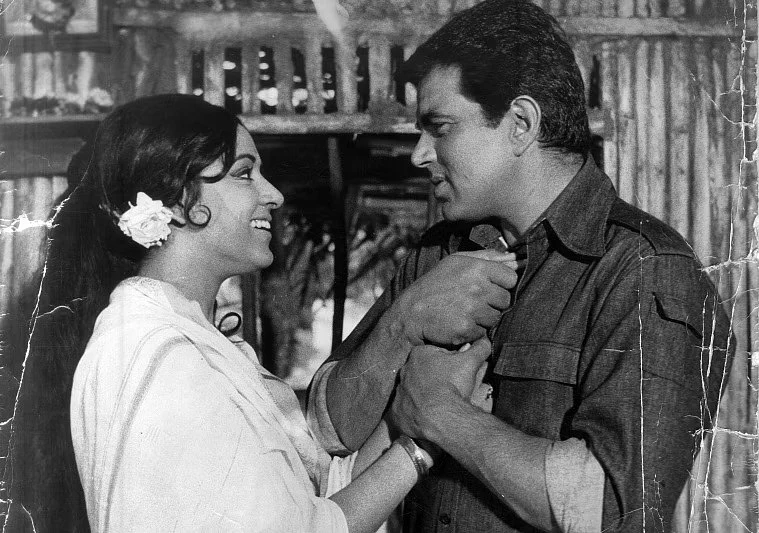
He looked so charming on camera that many, including Bimal Roy’s wife, Manobina, urged the filmmaker to let Nutan’s character, Kalyani, marry Dharmendra’s Deven, a young and handsome prison doctor, instead of rushing after Ashok Kumar’s elderly and ailing freedom fighter Bikash, because of whom she had suffered untold pain, humiliation, and even ended up behind bars.
The change in ending was stopped by scriptwriter Nabendu Ghosh’s angry protests that it would take away the essence of Jarasandha’s original story Tamasi, and even the significance of the title Bandini, meaning ‘Prisoner of Love’. Had the film not been released five years later, Dharmendra may well have been relegated to playing the second lead; or, disillusioned by the endless wait to see himself on screen, taken the Frontier Mail back to his wife and son in Punjab a second time.
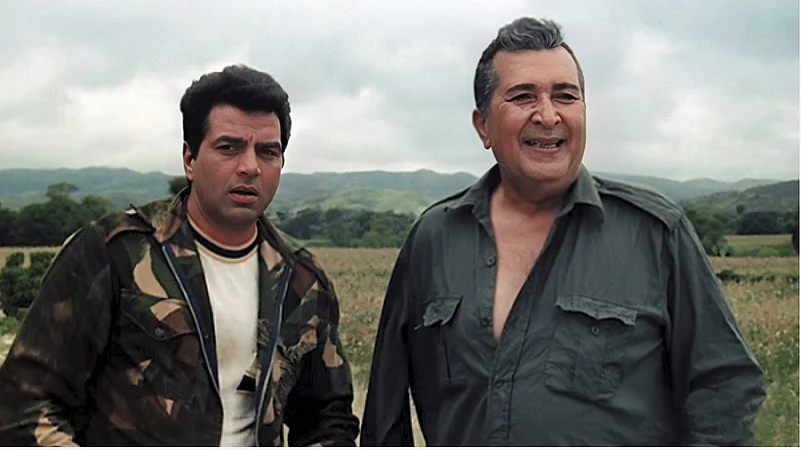
It was his friend Manoj Kumar—in their struggling days, he, Dharmendra, Shashi Kapoor were called the ‘Three Musketeers’ in the film industry—who persuaded him to remain optimistic and do the studio rounds for another three months. On the third day, he landed a film with a big banner, Filmistan. But then, Dharmendra contracted jaundice, which left him too gaunt to play the hero, and he was replaced by Manoj Kumar in Picnic (1966).
Dharmender—that’s how his name is spelt in the credits—finally made his debut in Arjun Hingorani’s Dil Bhi Tera Hum Bhi Tere. The 1960 film was a debacle, but Shola Aur Shabnam (1961) put him on the road to stardom. Eventually, Anpadh (1962), Ayee Milan Ki Bela (1964), Haqeeqat (1964), Kajal (1965), Phool Aur Patthar (1966), Aaya Sawan Jhoom Ke (1969) made Dharmendra the heartthrob of the sixties.
By the time he stepped into the seventies, despite ‘The Phenomenon’ Rajesh Khanna, and ‘Angry, Young Man’ Amitabh Bachchan, Dharmendra remained a bankable star. Sharafat (1970), Jeevan Mrityu (1970), Mera Gaon Mera Desh (1971), Seeta Aur Geeta (1972), Raja Jani (1972), Yaadon Ki Baaraat (1973), Jugnu (1973), Dost (1974), Sholay (1975), Chupke Chupke (1975), Pratigya (1975), Dharam Veer (1977) were all commercial hits and he was among the highest paid actors of the decade.
He continued to remain prolific in the eighties, and by the end of 1983 —the year he launched his production house, Vijayta Films, named after his daughter, to launch his son, Ajay aka Sunny, in Betaab—Dharmendra is said to have acted in 71 solo hero films and 43 multi-starrers. But now, his iron fist did not always strike gold at the box-office and hits like Ram Balram (1980), Katilon Ke Kaatil (1981) and Loha (1987) were few and far between, with the actor trapped in senseless action movies.
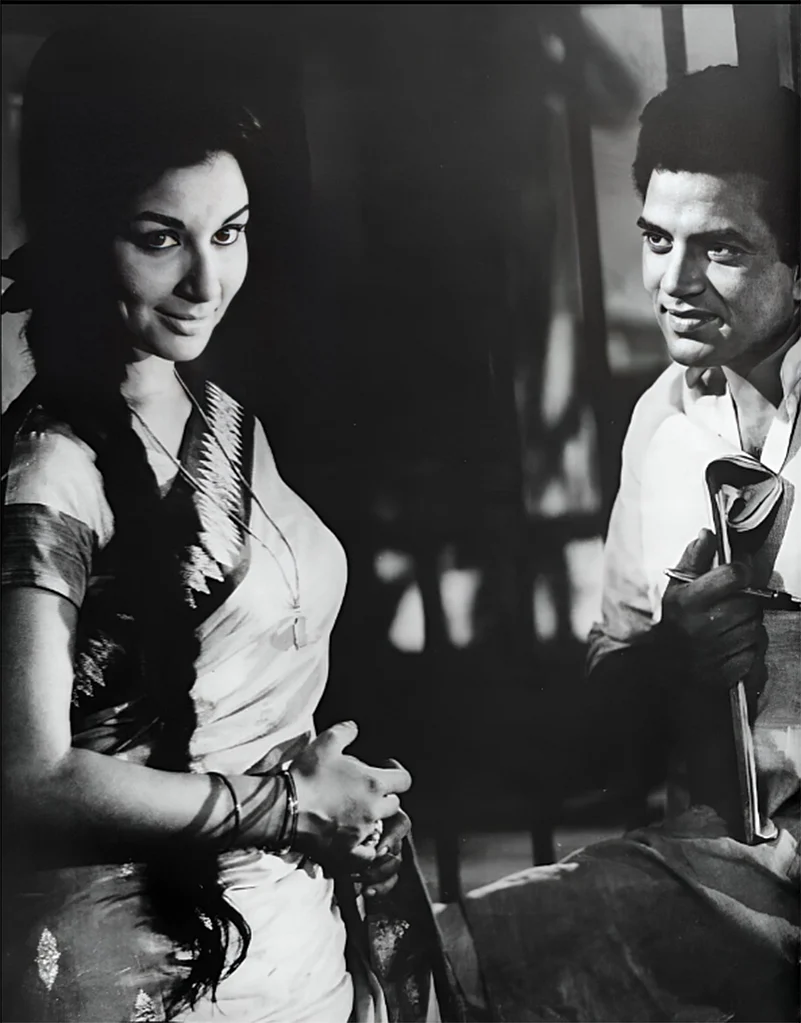
Left to himself, he would have been happy playing softer characters, like Sharmila Tagore’s supportive poet-lover in Anupama (1966), or even the superstar who deliberately alienated a starry-eyed fan in Guddi (1971). In fact, one of his personal favorites was another Hrishikesh Mukherjee film, Satyakam, which released in 1969, the same year as Rajesh Khanna’s Aradhana, and has ‘Garam Dharam’ playing an idealistic engineer who rehabilitates a rape survivor he was unable to protect, gives his name to her illegitimate child, and stays true to his principles till the end.
Perhaps that’s why after a string of forgettable films like Aakhri Dacait (2000), Jallad No. 1(2000) and Main Ek Lootera (2001) which continued into the 21st century, he was able to turn a corner. From 2003, he stopped accepting lead roles and made a comeback in strong supporting roles in Life In A...Metro (2007), Apne (2007) and Johnny Gaddaar (2007). Unlike many of his contemporaries, he didn’t believe in retirement. “Acting is like my beloved, sometimes we get away from each other, but we can’t stay apart for too long. This is the only way I know to live in the hearts of people,” he was fond of saying.
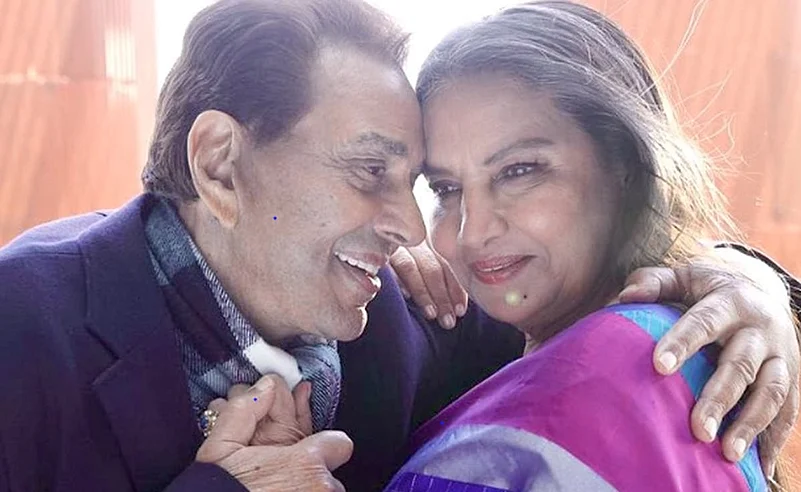
In 2023, Dharmendra was seen as Ranveer Singh’s grandfather, opposite his ‘Guddi’ Jaya Bachchan, in Karan Johar’s Rocky Aur Rani Kii Prem Kahani (2023). Last year, he appeared as dadu again in the sci-fi rom-com Teri Baaton Mein Aisa Uljha Jiya (2024) and a TV series Taj: Divided By Blood. This year, there was Apne 2 on June 26, followed by the restored Sholay in August and on Christmas, he will return with Sriram Raghavan’s true-life war drama, Ikkis.
Even as a producer, he has made half-a-dozen more films after Betaab, including the National Award-winning Ghayal (1990) and its sequel with Sunny, Barsaat (1995) which launched younger son Bobby, nephew Abhay Deol’s debut film Socha Na Tha (2005), and Yamla Pagla Deewana 2 (2013), which reunited him with Sunny and Bobby. Before he became an actor, Dharmendra used to admire the way Prithviraj Kapoor brought his sons, Raj, Shammi and Shashi, into the film industry with him, their children taking the legacy forward. Later, he was proud that his sons, daughters, nephew, and even grandson Karan Deol followed him into the movies.
For Dharmendra, or ‘Darling D’ as he liked to be called, it is a blessing to be loved. And no matter how far he goes away from us, the actor and Padma Bhushan recipient will always be loved.







